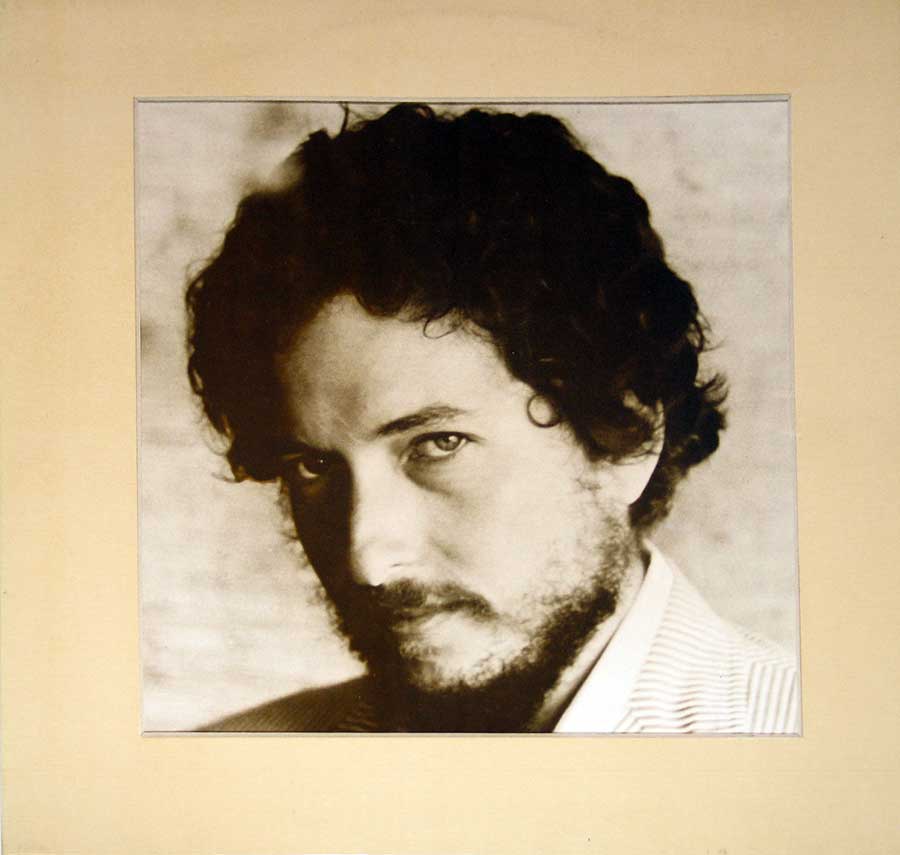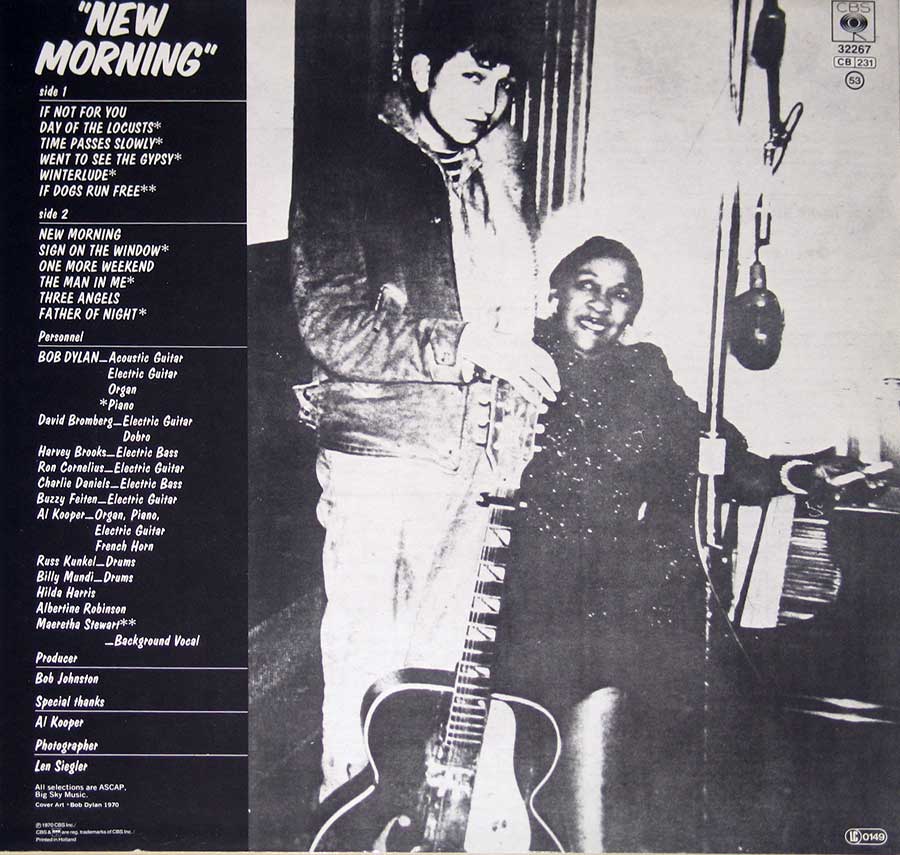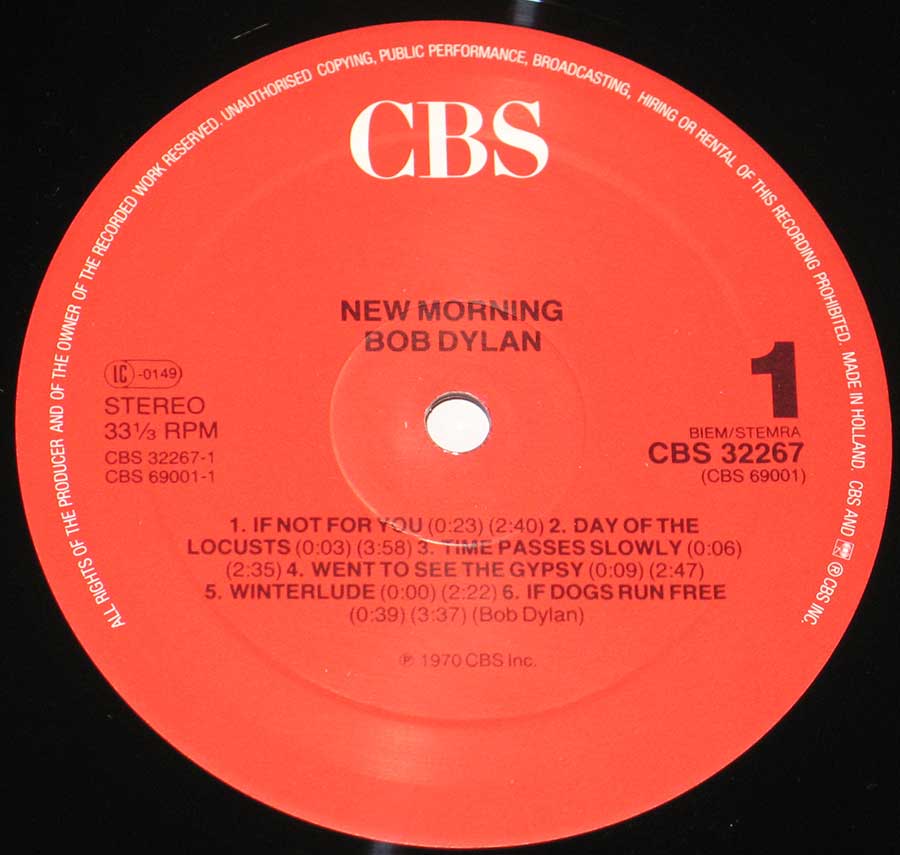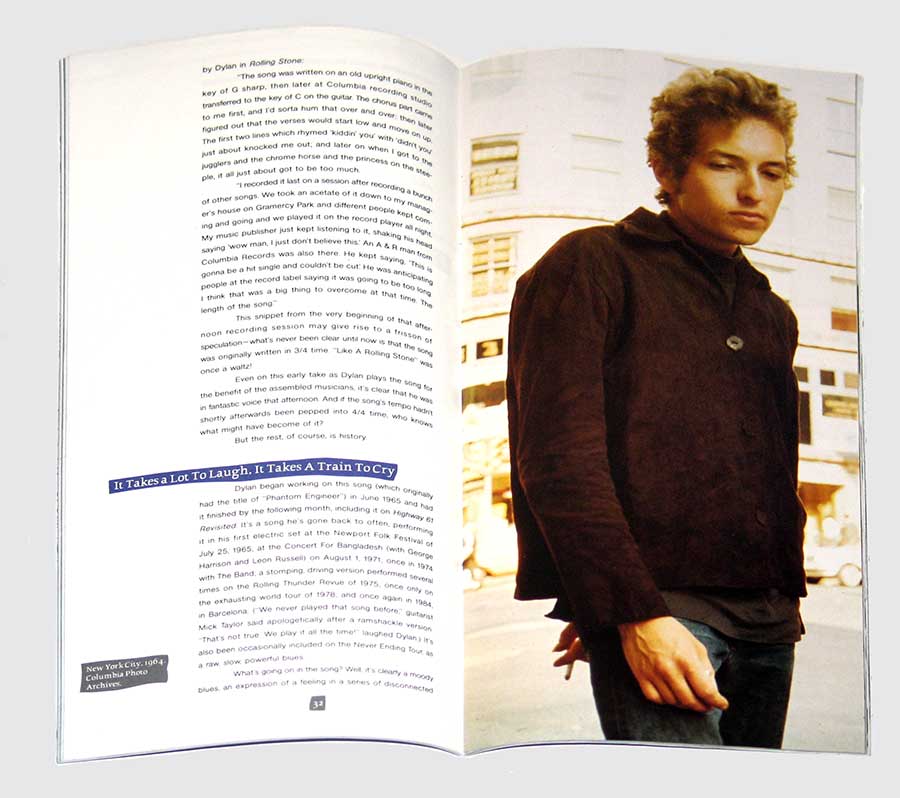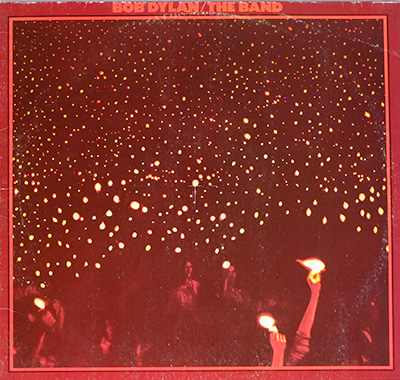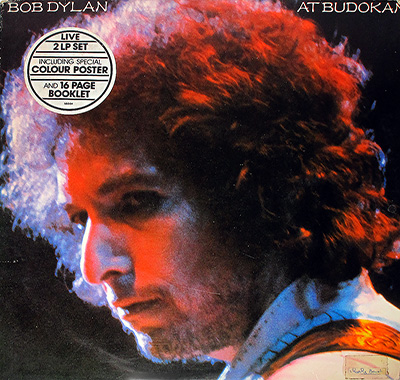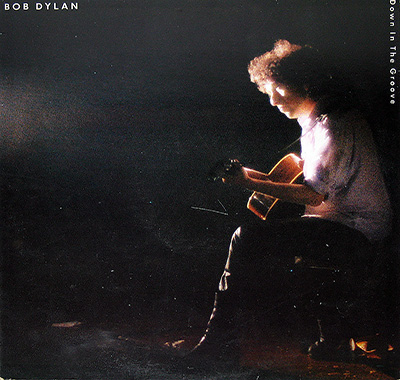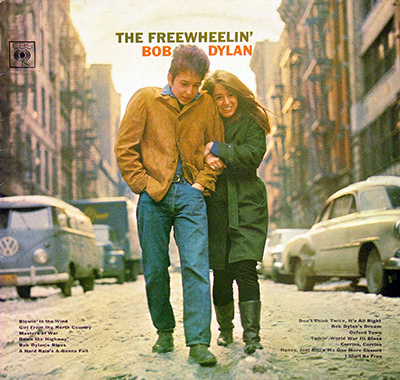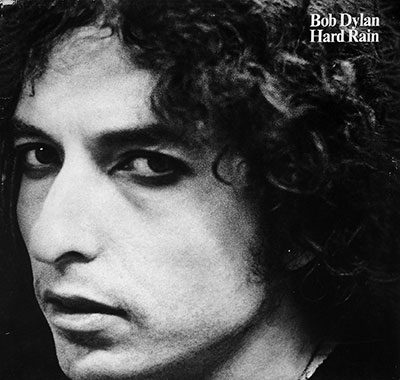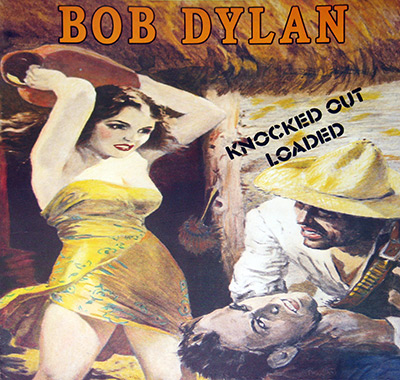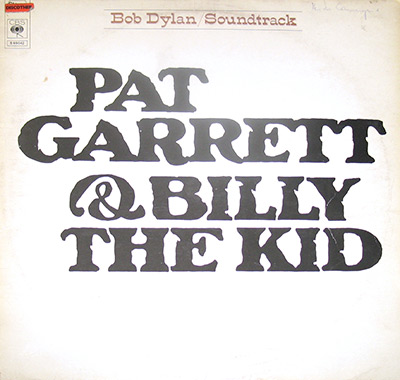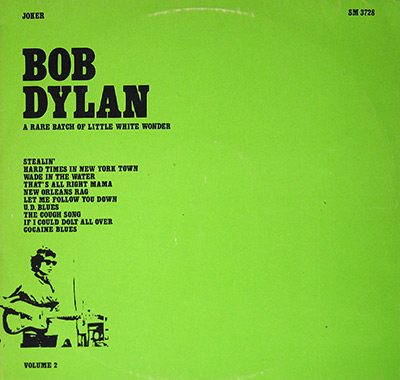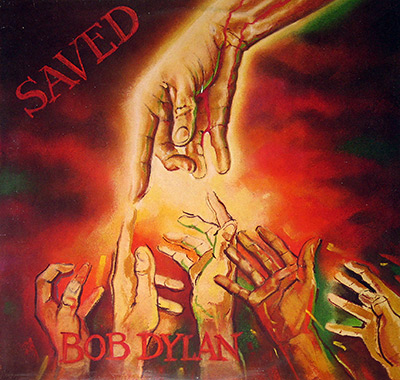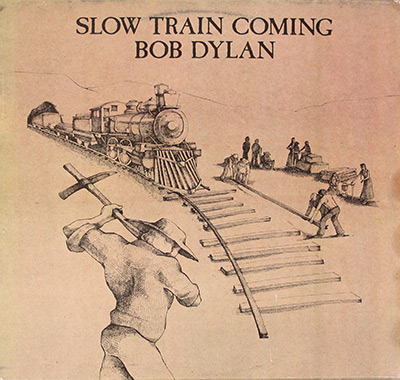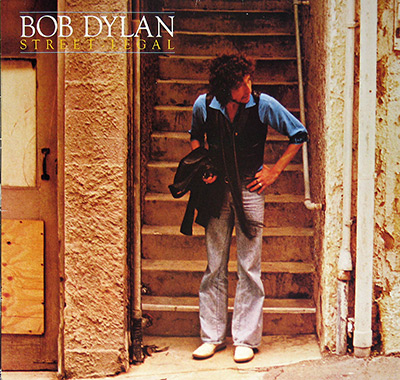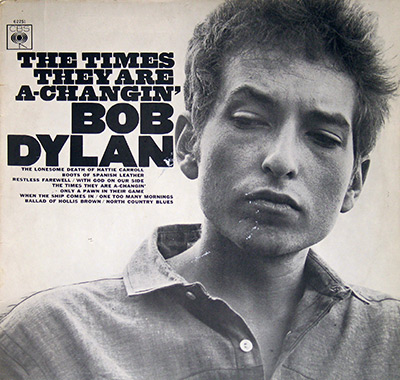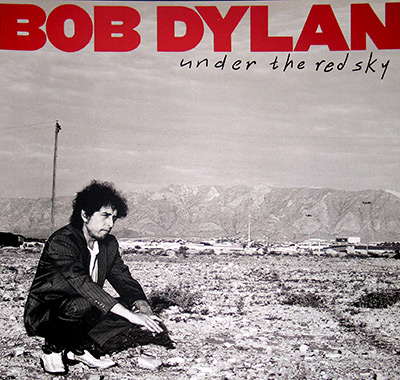Album Description:
Bob Dylan – New Morning incl 70 photo booklet 12" vinyl LP
– A Turn Towards the Light
In the swirling aftermath of the tumultuous 1960s—a decade Dylan had helped define—New Morning emerged in October 1970 as a surprising breath of calm. Where its immediate predecessor, the much-maligned Self Portrait, had confused both fans and critics with its patchy medley of covers and odd choices, New Morning came as a reassuring restoration of Dylan’s poetic voice—if not a full return to protest form, then at least a reassertion of his singular presence in the American musical landscape.
Historical Context
By 1970, Bob Dylan was in retreat from the public eye. The Woodstock generation had roared into being without him—he skipped the festival held virtually in his backyard. He had turned inward, toward family life and domesticity, a move that mirrored a subtle but profound shift in the American psyche as the idealism of the '60s gave way to the more cynical, disoriented '70s. In this climate, New Morning arrived as a gentle but firm re-engagement, a private album that still managed to speak to the broader mood of the era.
Musical Exploration and Genre
New Morning is a genre-fluid collection that blends rock, pop, and folk with understated gospel and country flavors. The music is deceptively relaxed: “If Not for You,” later covered by George Harrison, opens the record with open-hearted simplicity. The title track rides a rolling piano rhythm into an almost spiritual declaration of contentment. “Sign on the Window” and “Time Passes Slowly” linger in pastoral reverie, while “The Man in Me”—years later resurrected in The Big Lebowski—boils with warmth and groove. Dylan’s voice, often rough-edged, here sounds more open and engaged than it had in years, if a little weary.
Production and Studio Setting
The album was produced by Bob Johnston, the Nashville-based producer who had guided Dylan through Highway 61 Revisited, Blonde on Blonde, and Nashville Skyline. Recording sessions took place at Columbia's Studio B in New York City, with additional takes in Nashville. Johnston’s loose, artist-first production style encouraged spontaneity. Some of the tracks—especially “Went to See the Gypsy”—retain a jam-session quality, echoing the raw immediacy of earlier Dylan classics while sidestepping their confrontational tone.
Controversies and Interpretive Puzzles
While New Morning was better received than Self Portrait, it still puzzled many. Critics debated its sincerity: was this the "comeback" it was claimed to be, or another Dylan feint? “Went to See the Gypsy” was widely interpreted as a cryptic reference to an imagined meeting with Elvis Presley, though Dylan denied it. “If Dogs Run Free,” with its spoken-word jazz stylings and beatnik piano, was derided by some and hailed by others as a boundary-pushing oddity. As ever, Dylan eluded easy categorization.
